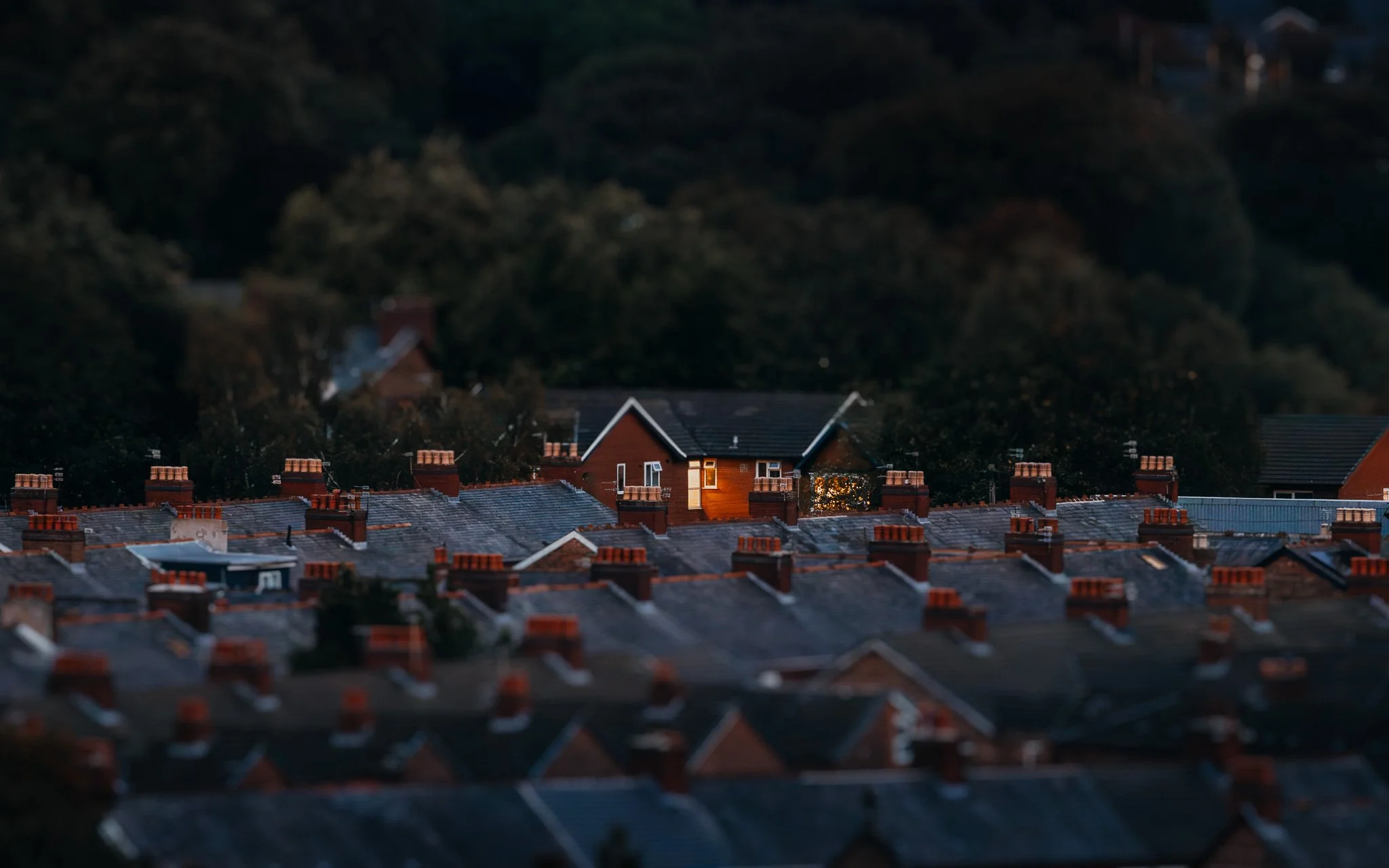Do you really need to be everywhere online?
Let's be honest — being a photographer in the age of social media can feel like juggling flaming cameras. Instagram, Threads, Facebook, Twitter/X, Flickr, YouTube, TikTok, maybe even a podcast... It's endless. And if you listen to the general noise online, it sounds like you must do it all. But do you?
Not that long ago, things were simpler. If you were a photographer, your online presence was simple: a website, an email address, maybe a blog. That was enough to look professional and get your work seen. You had a digital portfolio, a place to be contacted, and a space to share your thoughts occasionally.
Fast-forward to today, and we're told we should be everywhere — posting, tweeting, threading, hashtagging, and uploading videos between editing sessions. Every platform promises connection, visibility, and opportunity. But what no one says out loud is that it also demands time, energy, and a bit of your sanity.
So here's the real question: Do we have to use them all?
The short answer is no. Absolutely not.
The long answer is: it depends on what you actually want from them.
Let's break down the tools. Social media isn't one big monolith; each platform works differently and serves a different purpose.
- Instagram is a visual diary, a space to showcase your work and connect through imagery. It is the obvious visual playground. Great for sharing finished work, behind-the-scenes glimpses, or ongoing projects. But it's also crowded, and it can eat your time if you let it
- Threads or Twitter/X are more about conversations and "micro-blogging". Short bursts of thoughts. You've got a few hundred characters to share thoughts, link to your work, or discuss ideas. Perfect if you like connecting through words and dialogue.
- Facebook is still decent for community groups and event announcements, though less effective for creative discovery these days.
- Flickr remains a quiet corner of the internet where the photos actually matter. It's a slower, more reflective space that still has value for those tired of algorithmic noise.
- YouTube and podcasting are brilliant if you enjoy talking, teaching, or storytelling. If you can speak naturally about your work or process, these formats can build deep, loyal audiences.
The trick is not to treat them all as one big monster called social media. Each tool has its rhythm, its audience, and its strengths.
But what if I tell you that you don't need them all? The key is knowing why you are here and maintaining a healthy balance.
Having a blog, YouTube channel, or Facebook page only makes sense if you know what you want to do with it, how it fits into your creative process, and how it works for you. If you love writing long reflections about your images, then yes — a blog could be perfect. But if it feels like a chore, don't force it. The same goes for any platform. If you enjoy the quick exchanges of Twitter/X, use it. If not, leave it. Opening accounts everywhere "just in case" will only spread you thin. Before long, you'll spend more time managing posts, replies, and hashtags than actually making photographs.
And that's the trap. Social media is supposed to support your photography, not consume it. The point isn't to "cover all bases." It's to use the few platforms that genuinely fit your voice and energy. Remember that you're a photographer using social media, not a social media manager who occasionally takes photos.
The real challenge isn't whether to be online. It's how to make those tools work for you and how much time you want to give them. Maybe for you, that's sharing behind-the-scenes shots on Instagram once a week. It could be writing thoughtful blog posts about your process. Perhaps it's neither.
You don't lose out just because you're not everywhere. You lose out when the noise drowns your creativity. So, by all means, explore. Experiment. Pick your platforms wisely, and use them with intention. And if that means ignoring half of them — great. That's not failure; that's focus.
Because at the end of the day, the most powerful post you'll ever make isn't online. It's the image you create when you're out there, camera in hand, fully present. They should always speak louder than any algorithm ever could.
